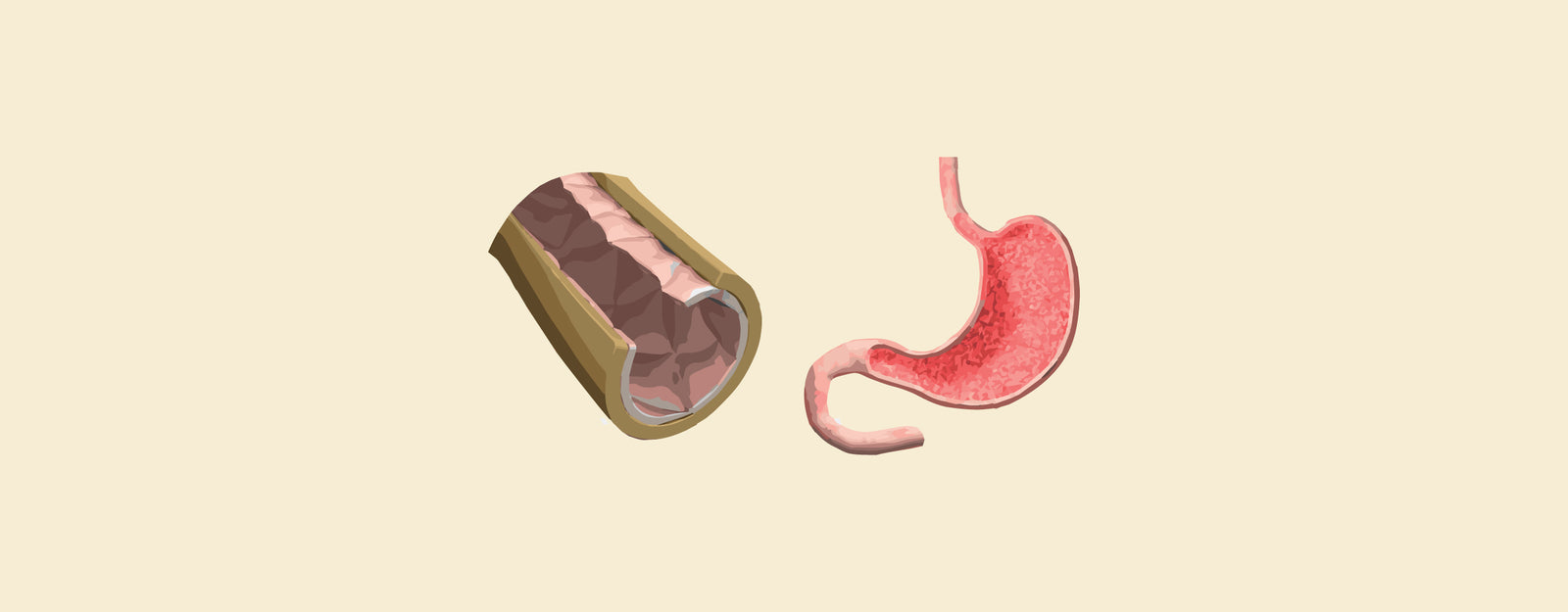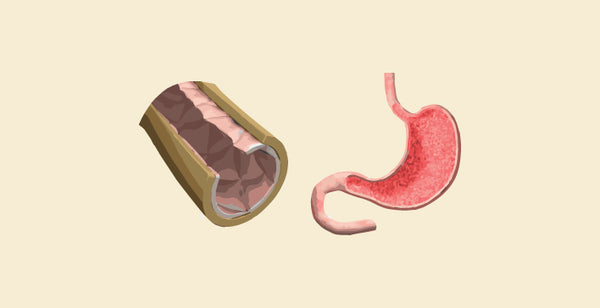Endothelium Vs Epithelium: Epithelium and Endothelium are two forms of tissue that cover your body's surfaces, but they have different locations and functions. The term epithelium refers to the tissue that lines organs and cavities that interact with the outside environment, such as the skin, lungs, and digestive system. It functions as a barrier, defending your body against dangerous chemicals and infections. Endothelium, on the other hand, is a form of epithelial tissue that coats the inside of your blood and lymphatic vessels. Endothelium vs Epithelium: While both are generated from the epithelium, the endothelium is designed to regulate the exchange of chemicals between the blood and tissues.
Difference Between Epithelium and Endothelium
Endothelium and epithelium are both types of tissue found in the body, but they serve different functions and are located in different areas. Here are the definitions followed by the differences between endothelium and epithelium:
|
Feature |
Endothelium |
Epithelium |
|
Location |
Lines the interior surface of blood vessels, lymphatic vessels, and the heart |
Covers surfaces of the body, both external and internal, including organs |
|
Cell Layers |
Single layer of squamous epithelial cells |
Can be single-layered or multi-layered depending on location and function |
|
Function |
Regulates vascular tone, blood clotting, and immune response |
Provides protective barrier, absorption, secretion, and sensation |
|
Exchange Function |
Facilitates exchange of gases, nutrients, and waste products between blood and tissues |
Protects against physical injury, pathogens, and dehydration |
|
Production |
Produces and secretes various substances like nitric oxide, prostacyclin, and endothelin |
No specialized secretory function |
|
Disease Association |
Endothelial dysfunction associated with cardiovascular diseases |
Epithelial dysfunction associated with various conditions depending on location |
|
Basement Membrane |
Lacks a basement membrane |
Anchored to a basement membrane for structural support |
|
Embryonic Origin |
Derived from mesoderm |
Derived from ectoderm, endoderm, or mesoderm during embryonic development |
|
Cell Shape |
Flattened and elongated |
Various shapes and arrangements depending on location and function |
|
Tissue Regeneration |
Limited regeneration capacity for tissue repair |
Capable of rapid regeneration for maintenance of tissue integrity |
Order the Best Jogger Scrub from Here!
What is Epithelium?
The epithelium is a sort of tissue that covers your body's outer surface and lines its organs and cavities. It works as a microbial barrier and helps control the flow of chemicals into and out of your body. There are several varieties of epithelial cells, each with a distinct purpose. For example, your skin's stratified squamous epithelium is robust and protects you, but the ciliated epithelium that lining your airways contains hair-like projections that assist convey mucus.
Browse Best Scrubs Collection
Key Features of Epithelium:
- Endothelium is a basic tissue composed of one layer of flat, squamous cells. This thin layer allows for the easy movement of substances while minimising friction.
- Endothelium covers the inside walls of blood vessels, lymphatic vessels, and heart chambers. It serves as a barrier between circulating blood and the underlying tissues.
- Endothelial cells control blood flow by releasing chemicals that expand or constrict blood arteries. They also aid to avoid blood clots and enhance wound healing.
- Endothelial cells contribute to the immune system by interacting with immune cells and inflammatory processes. They can instruct the immune system to respond to infections or injuries.
What is Endothelium?
Endothelium, on the other hand, is a kind of epithelial cell that coats the inner surface of blood and lymphatic veins. It regulates blood flow, blood pressure, and the movement of chemicals between the blood and tissues. Endothelial cells are also responsible for blood coagulation, wound healing, and immunological function.
Explore All Women's Scrub
Key Features of Endothelium:
- The epithelium is a complex tissue that contains different cell types depending on its location and function. It can be squamous (flat), cuboidal (box-shaped), or columnar (tall and thin), with each providing a distinct role.
- The epithelium is the skin's outermost layer, as well as the lining of internal organs and surfaces that are exposed to the outside world. It protects against infections, inhibits water loss, and promotes absorption and secretion.
- Epithelial cells provide specialised activities based on their location. For example, the intestinal epithelium absorbs nutrition, whereas the skin epithelium protects and controls temperature.
- Epithelial cells regularly regenerate and replace damaged or worn-out cells. This guarantees that the barrier continues to operate and that wounds and injuries may be repaired rapidly.
Shop Best Lab Coats from Here!
Similarities Between Epithelium and Endothelium
- The endothelium and epithelium are polarised, with separate apical and basal surfaces.
- They are avascular tissues that use diffusion to exchange nutrients and waste.
- Environmental causes, infection, and illness can all cause harm to either kind of tissue.
- Endothelium and epithelium are both involved in immune responses, but in distinct methods and locales.
- Both tissues are crucial for maintaining bodily homeostasis.
Epithelium and endothelium, although being derived from the same tissue type, play separate roles in the body. The epithelium creates the protective covering of our organs and exterior surfaces, serving as a barrier to the outside world. In contrast, endothelium lines interior pathways such as blood arteries and lymphatics, mediating the movement of nutrients and fluids between the circulation and surrounding tissues. This contrast between endothelium and epithelium emphasises their specific functions: epithelium for shielding and endothelium for promoting internal movement.















